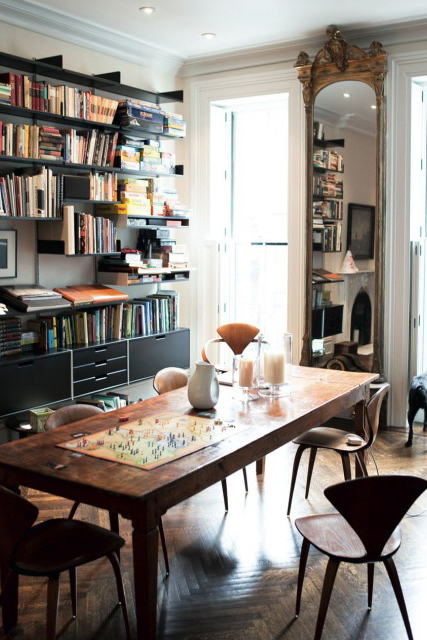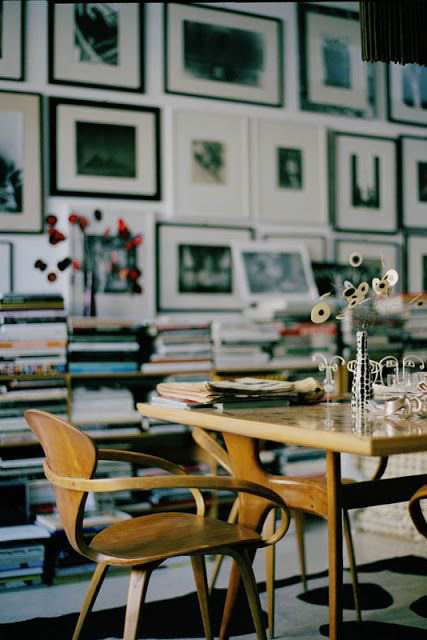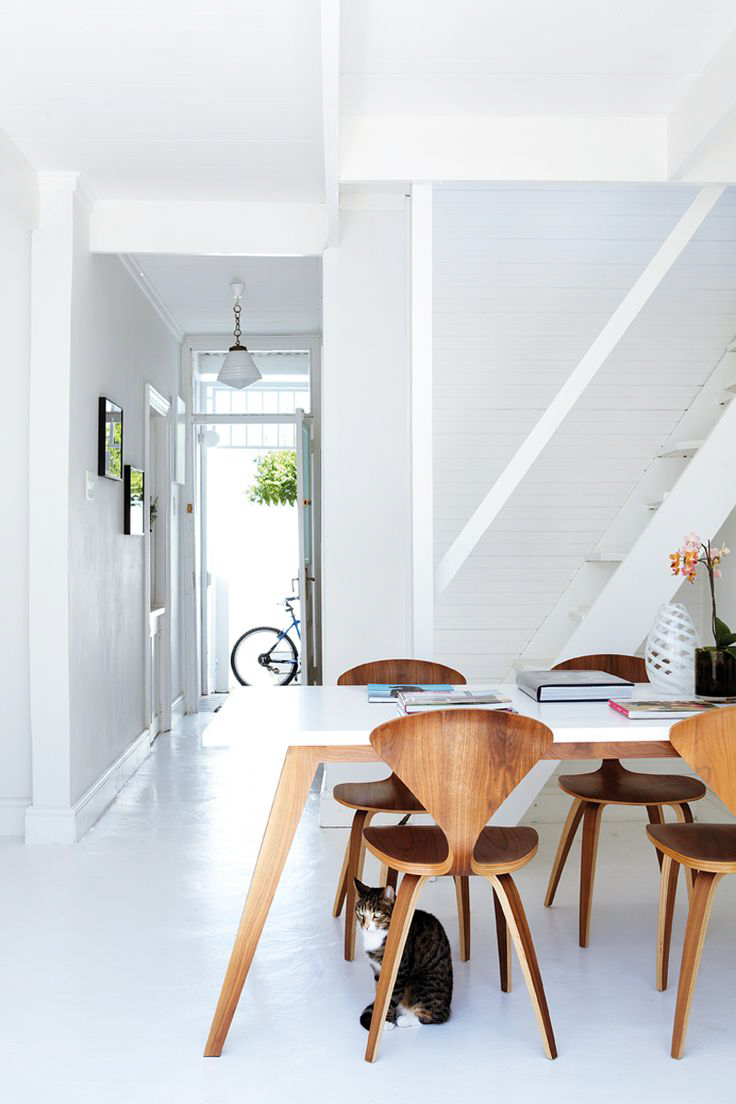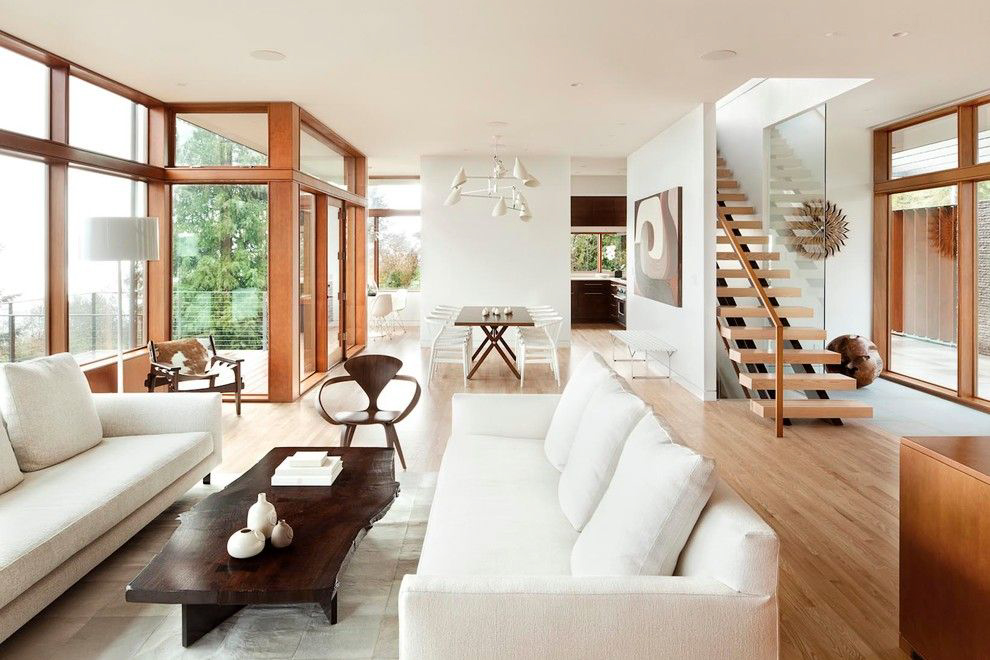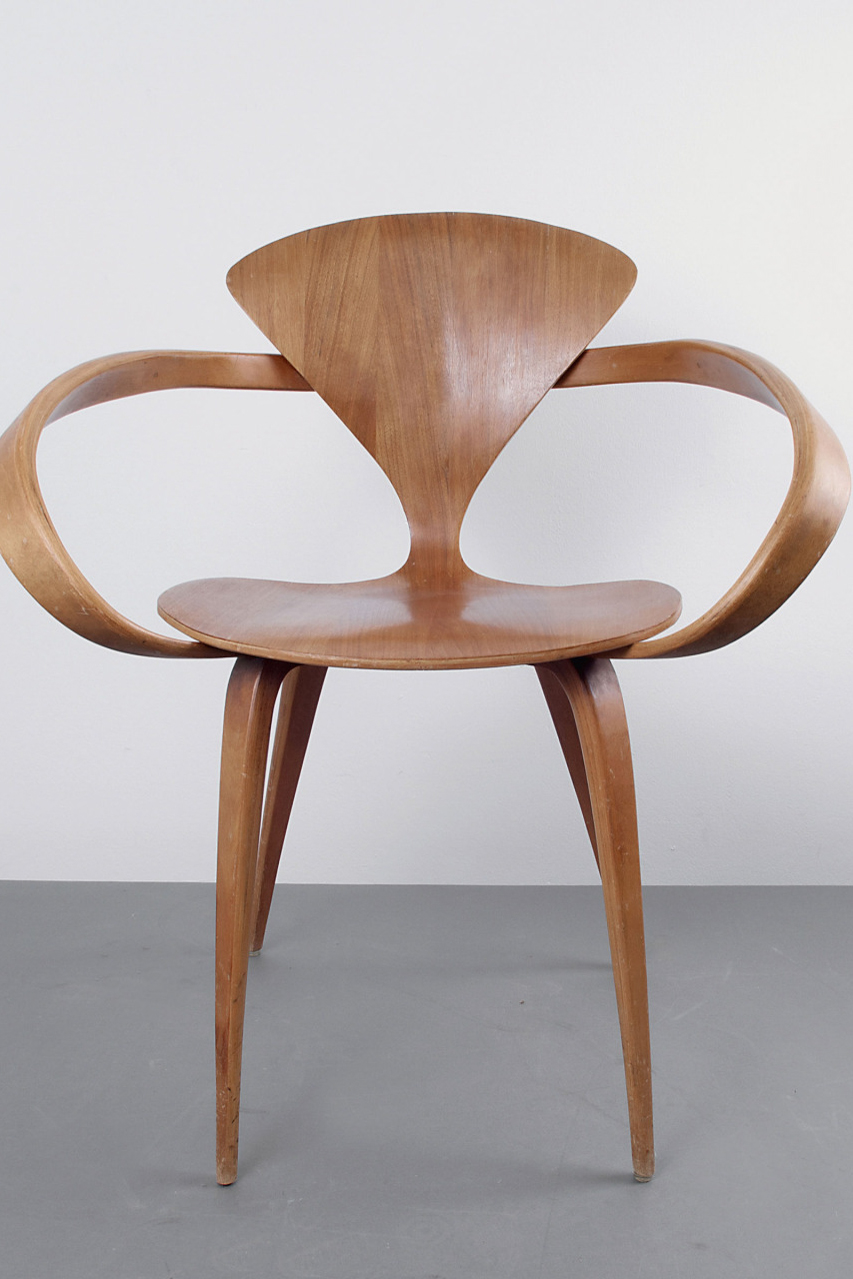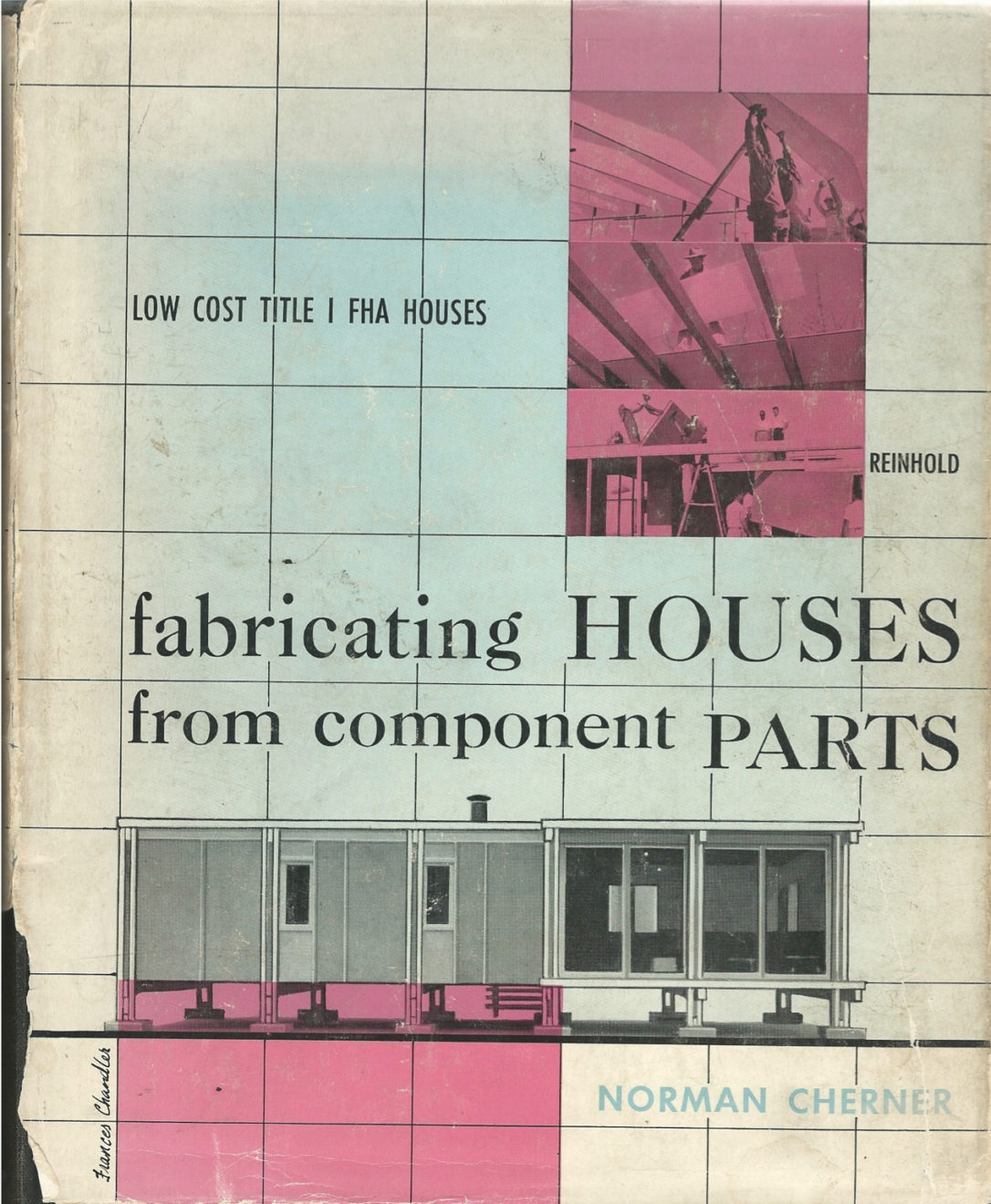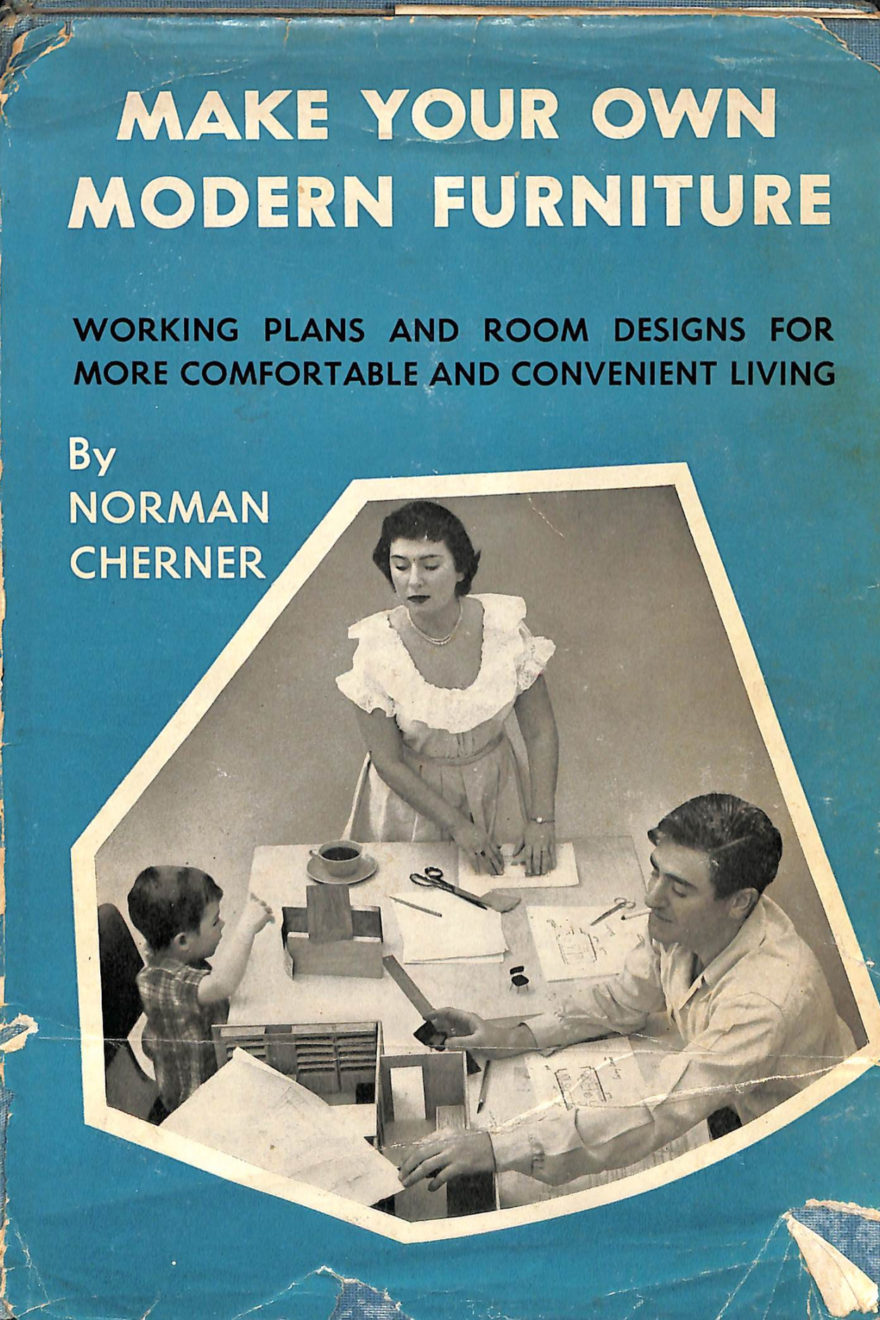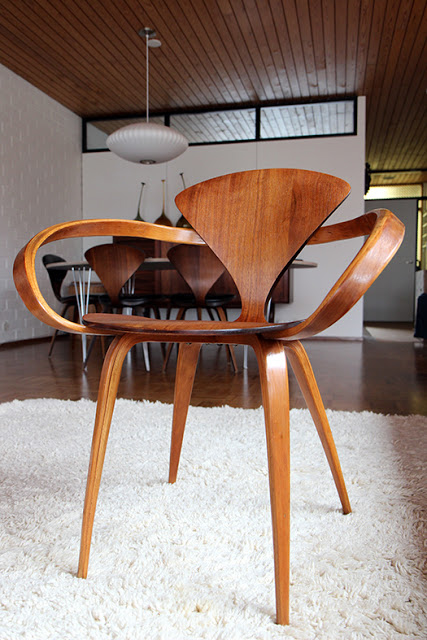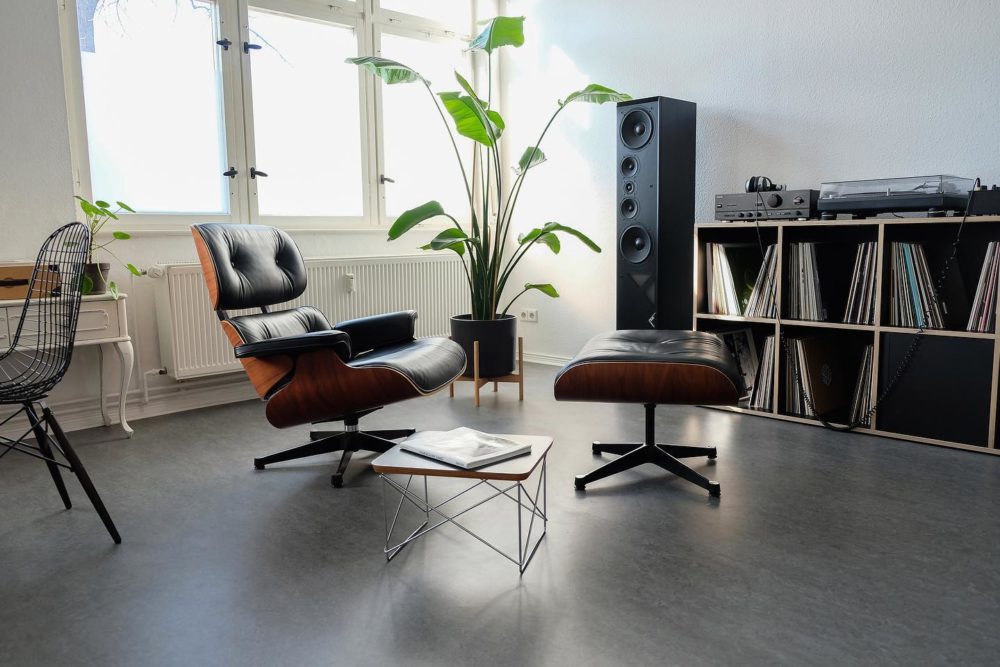The Cherner Chair
The Cherner Chair
Norman Cherner
1958 for Plycraft
Norman Cherner (1920-1987) was an American architect and designer who studied and taught at Columbia University, and was an instructor at MoMA (Museum of Modern Art, New York) in the late 1940s. It was there that he became fascinated by the Bauhaus approach which is evident in his work. In the post-war era, Cherner’s goal was to create affordable design both in furniture and housing. He published books throughout the 1950s including ‘Make Your Own Modern Furniture’ (1953), ‘How to Build a House for Less than $6000’ (1957), and ‘Fabricating Houses from Component Parts’ (1958).
Found in design collections across the world, the Cherner chair was originally made of walnut faced moulded plywood, using similar techniques to those that Charles and Ray Eames were using for their plywood chairs (although at that time (1958) the Eames’ were focused on their ‘Aluminium group’ furniture line). It was made with arm rests and without. The Cherner took its inspiration from George Nelson’s ‘Pretzel’ chair which was created by Herman Miller and produced by Plycraft until they ceased production due to its fragility and production costs. Plycraft then had the ability to create bent plywood furniture so employed Cherner to design a sturdier and more affordable chair for them.
Collectors will look out for a sticker that states the chair was designed by ‘Bernado’ – which is an indication of an early run of the chairs. When Cherner first submitted his design to Plycraft he was told that the chair would not be produced. A few years later in 1961 Cherner discovered his design for sale in a showroom in New York and being credited to a fictitious designer. He sued and won. In 1999 Cherner’s sons made the plans available which means that the chair is still in production today by The Cherner Chair Company, available in different woods and with the addition of different coloured upholstery.

